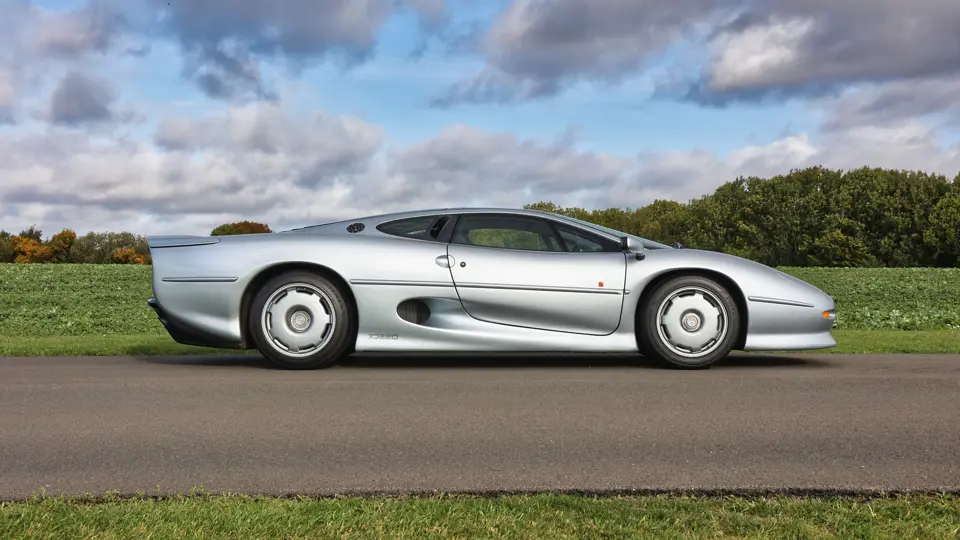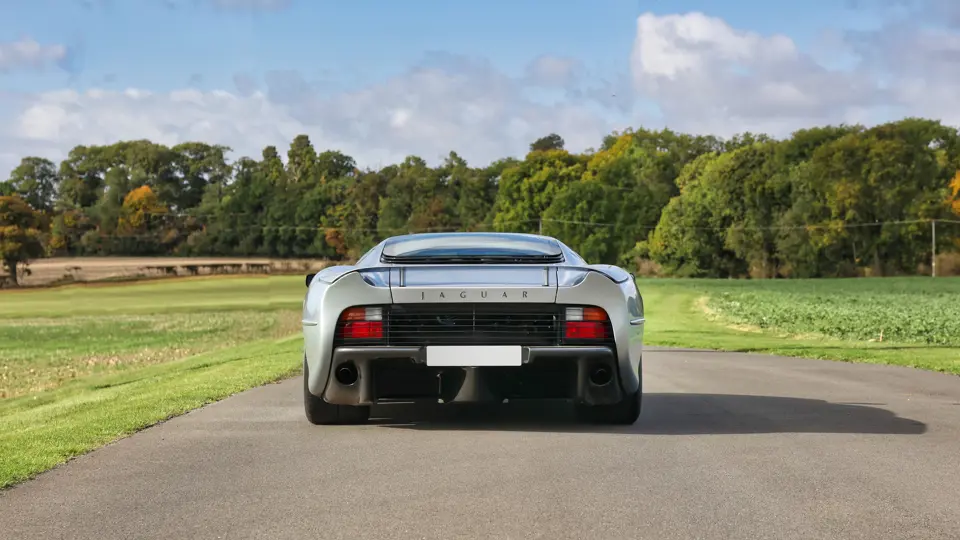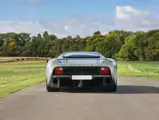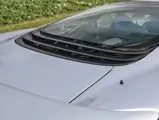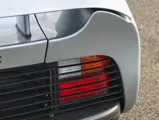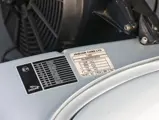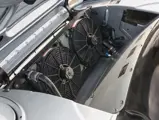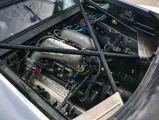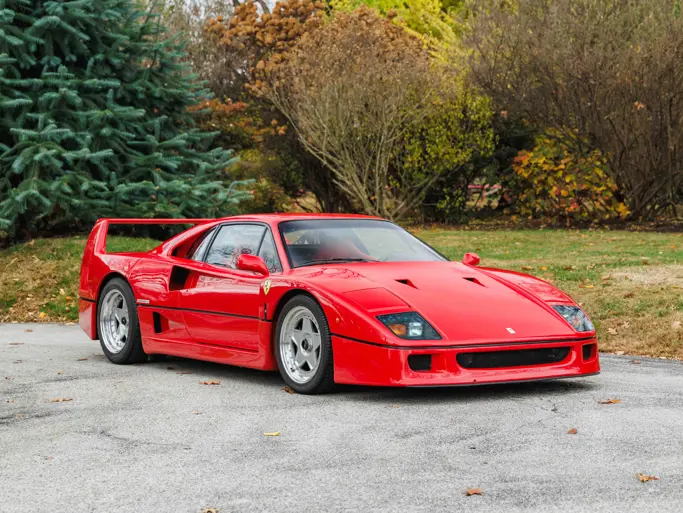
1993 Jaguar XJ220
{{lr.item.text}}
£375,000 - £425,000 GBP | Not Sold
{{bidding.lot.reserveStatusFormatted}}
- One of just 281 XJ220s constructed; one of only 69 configured in right-hand-drive form
- Presented in correct colour scheme of Spa Silver with Smoke Grey leather interior
- Benefitting from a 24-month service by XJ220 specialist Don Law Racing in June 2022
As with its illustrious predecessors, the XK120 and the E-Type—launched at the 1948 London and 1961 Geneva International Motor Shows respectively—Jaguar’s XJ220 Concept Car stole the limelight as company Chairman Sir John Egan removed its covers at the 1988 Birmingham Motor Show. However, while both earlier XK-engined cars had been developed with the full support of Jaguar’s senior management—not least Sir William Lyons himself—the XJ220 was by contrast a covert undertaking, initially devoid of any formal board-level approval.
The project was initiated by former XJ13 engineer and incumbent Jaguar Director of Engineering, Jim Randle, ably assisted by Senior Designer, Keith Helfet. The involvement of 10 further Jaguar engineers led to the project being dubbed “The Saturday Club”. Its singular objective was to construct a working prototype to showcase the collective design and engineering capability of a newly-independent, post-British Leyland era of Jaguar Cars.
Borrowing heavily from the company’s concurrent Tom Walkinshaw Racing-run Group C programme, the prototype XJ220 featured a bonded aluminium chassis, naturally aspirated 6.2-litre V-12 engine and cutting-edge technology. Among the headline-grabbing innovations was four-wheel drive, rear-wheel steering, and anti-lock brakes. All was clothed in effortlessly elegant, Helfet-styled aluminium coachwork that drew inspiration from the legendary D-Type, E-Type and XJ13, albeit suitably reimagined in a bold, contemporary supercar context.
Reputedly signed off by Sir John only a week beforehand, the new car’s reception in Birmingham was nothing short of rapturous. Buoyed by such support, Jaguar and TWR jointly established JaguarSport Ltd., which would produce the XJ220 in limited numbers at a new dedicated facility in Bloxham, Oxfordshire. However, emissions compliance issues necessitated the replacement of the prototype’s V-12 engine with a 3.5-litre V-6 twin-turbo equivalent. This was derived from TWR’s XJR-10 and XJR-11 race cars, while the four-wheel drive and rear-wheel steering systems were also discarded on the grounds of cost and complexity. Nevertheless, the production version crucially retained the spectacular looks and performance of the prototype; its top speed of 213 mph secured the coveted title of the world’s fastest production car, as the XK120 had more than four decades previously.
This magnificent example of Jaguar’s flagship supercar was completed at Bloxham on 4 May 1993, duly finished in the quintessential XJ220 colour combination of Spa Silver with Smoke Grey leather interior. One of just 69 examples believed to have been configured in right-hand-drive form, chassis 220740 was subsequently delivered to its UK-domiciled first owner—customer number 261, as referenced by the uniquely-numbered sill plates—a little under two months later. The car has remained in the UK ever since.
Hitherto boasting just three further owners—of which one retained the car from April 2004 until February 2016—servicing and remedial work was performed by leading XJ220 specialist, Don Law Racing of Newcastle-under-Lyme, Staffordshire. Indeed, despite having covered less than 1,000 miles at the time, the car was first entrusted to Don Law for a 24-month service in 1995, and has since revisited his esteemed workshops on no fewer than 10 further occasions.
Significant work performed during this time included a brake upgrade and windscreen replacement in 2002; the replacement of the fuel cell and all associated pipework in 2014—by which time cumulative mileage had increased to a little over 5,000—and a 24-month service as recently as June this year. It should also be noted that the fuel cell, cylinder bores and pistons were all inspected at the time of its most recent service; the former being identified as in excellent usable condition, and the engine components all exhibiting minimal signs of wear.
Boasting an irresistible combination of Le Mans-winning heritage, bespoke design and construction, exquisite looks, and spectacular performance, the Jaguar XJ220 has in recent years acquired the enhanced collector status it has for so many years warranted. Indeed, even with the passage of more than three decades, it remains the fastest Jaguar road car ever produced and a car more than worthy of a place in the same metaphorical—or indeed actual—garage as its direct contemporaries the Ferrari F40, Porsche 959, and McLaren F1. In this beautifully presented and impeccably provenanced example, the case for XJ220 ownership can seldom have been presented in such compelling fashion.




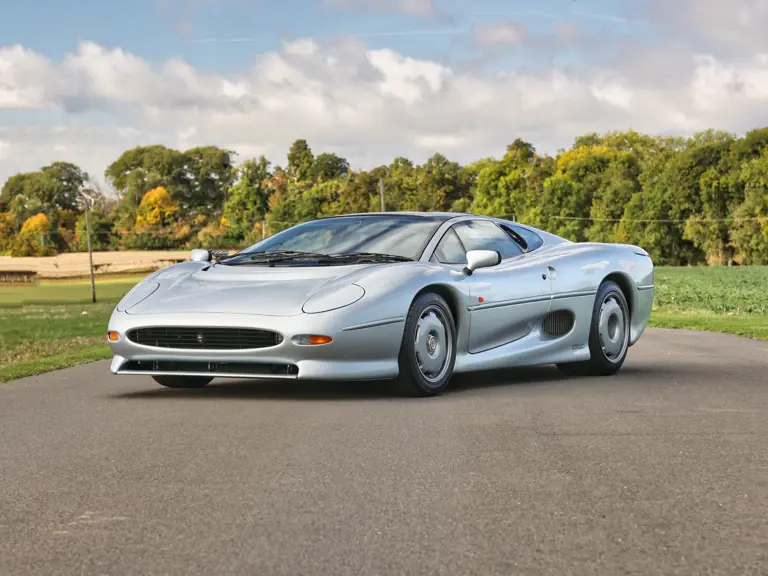
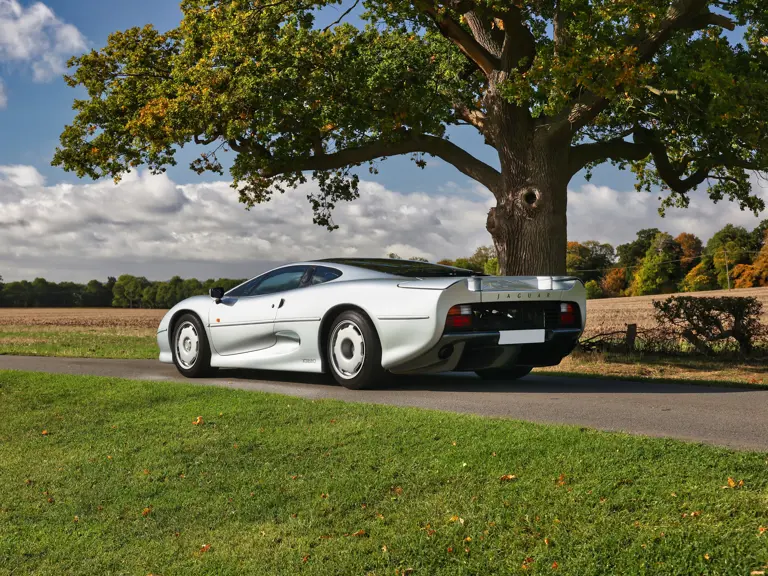


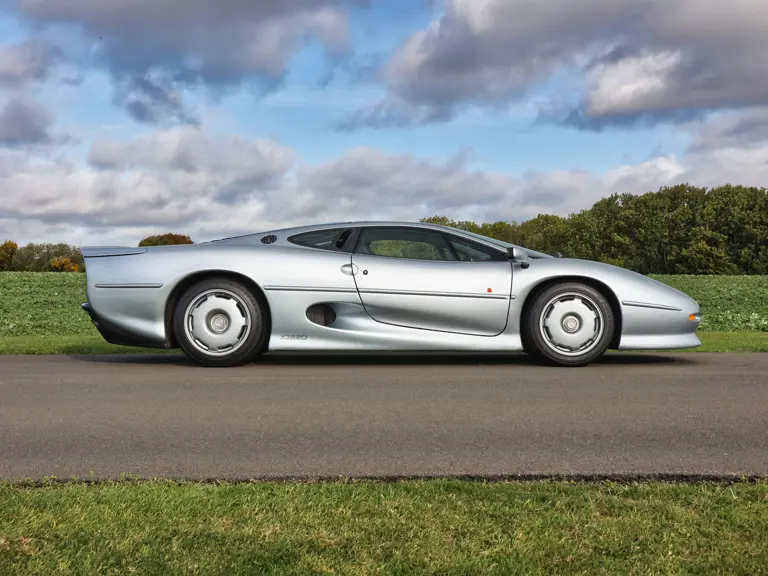
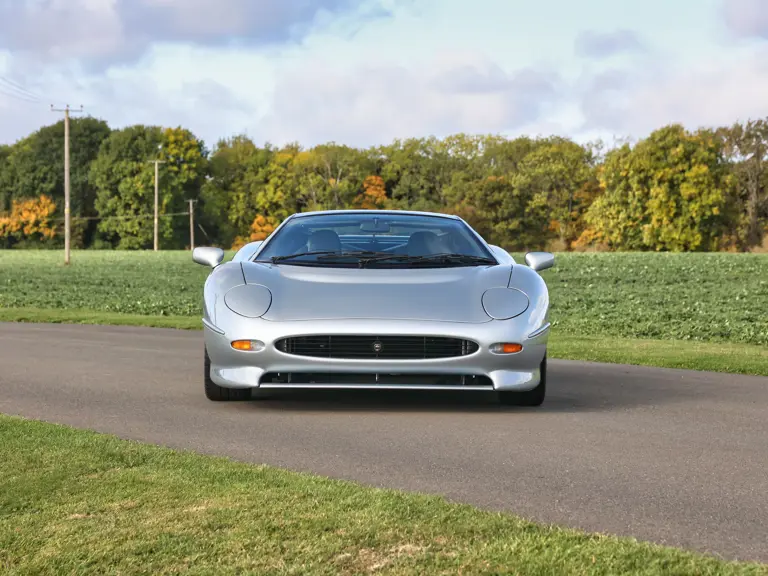

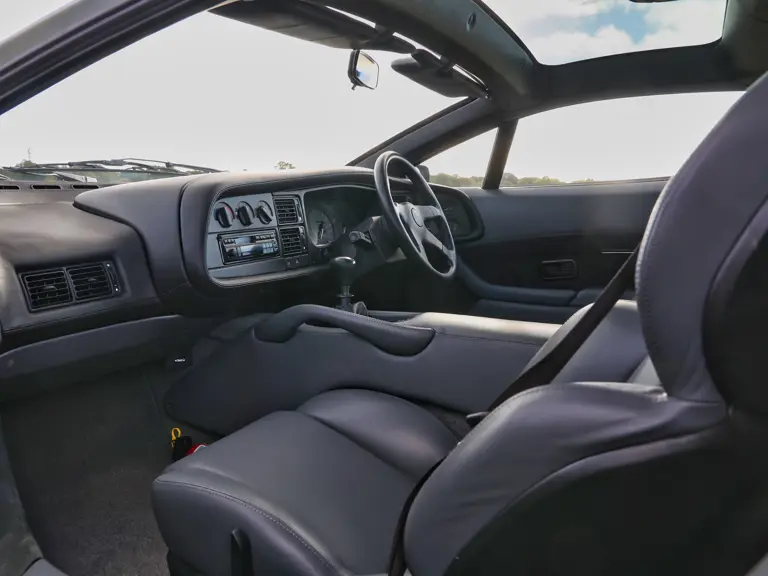


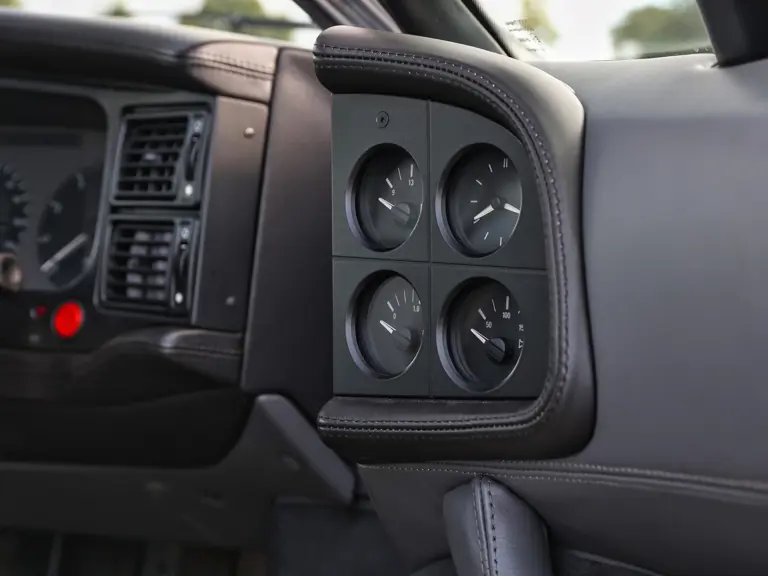

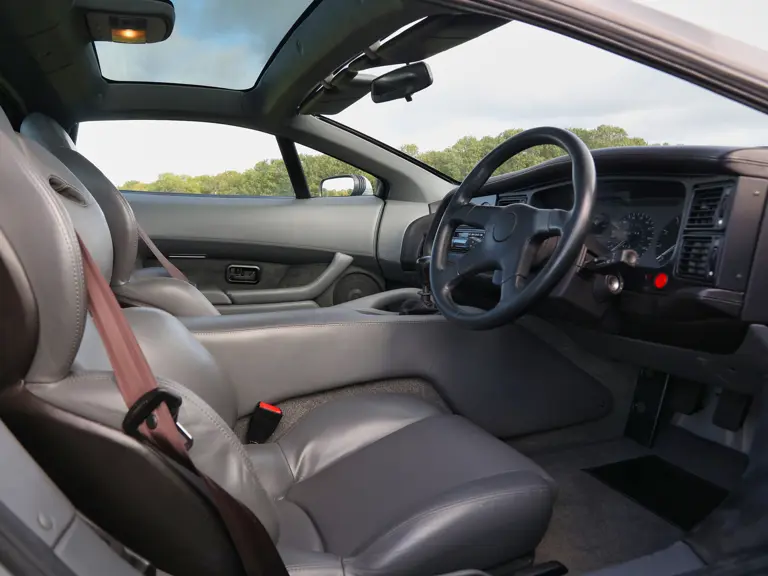


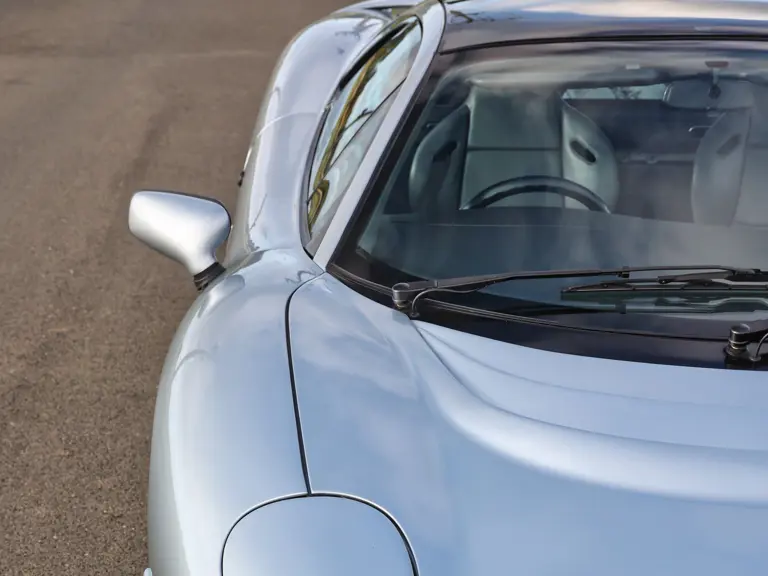
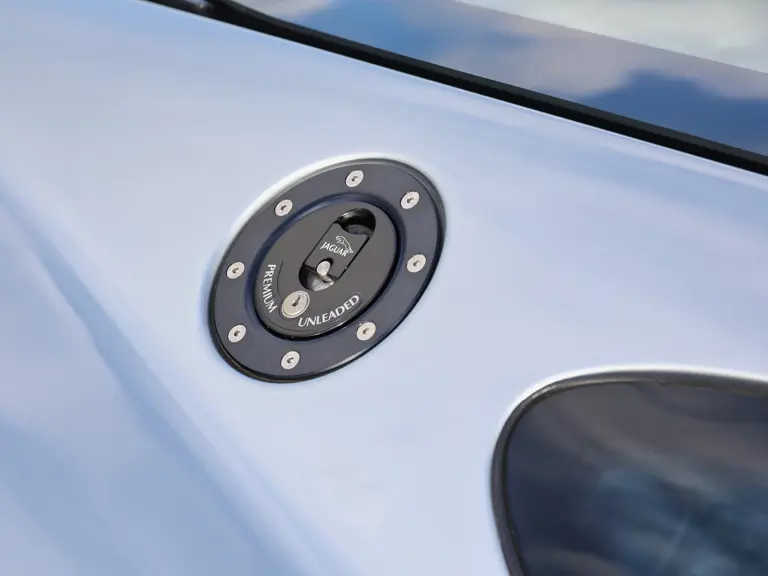
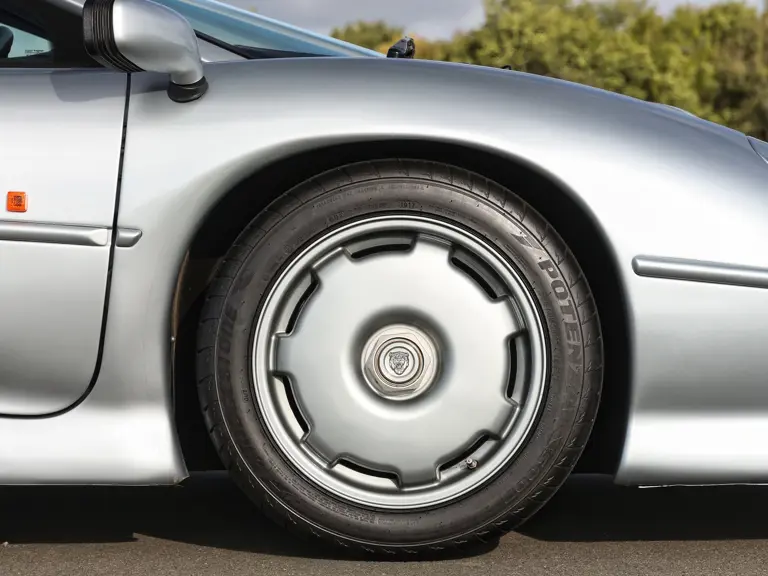



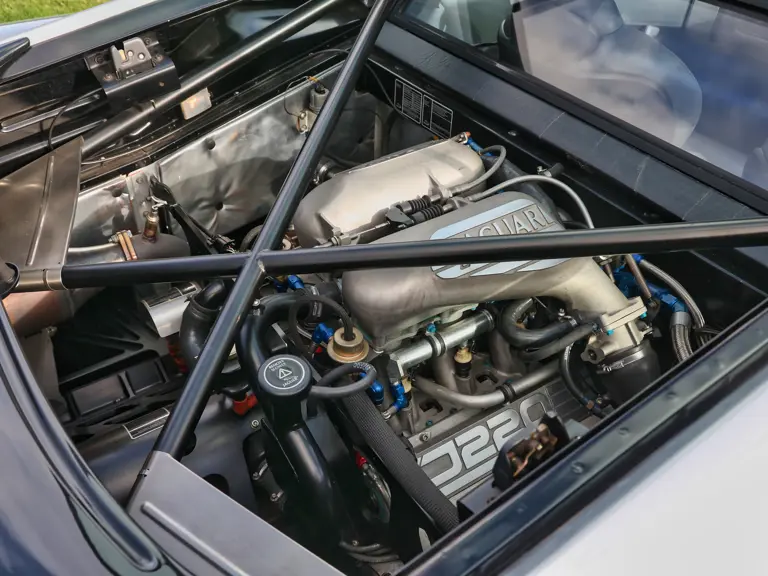
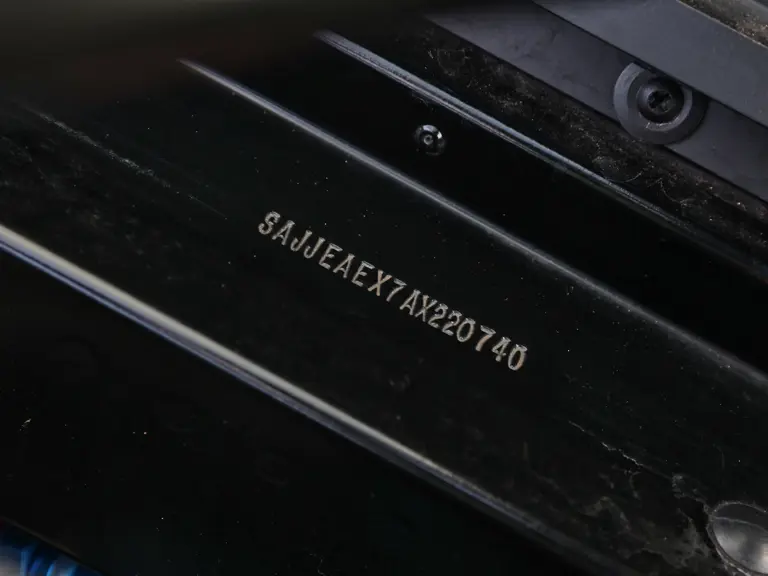

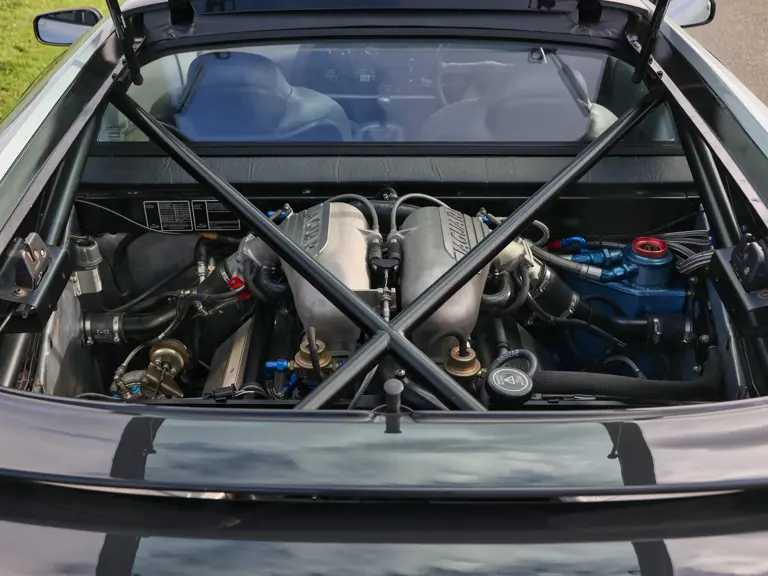
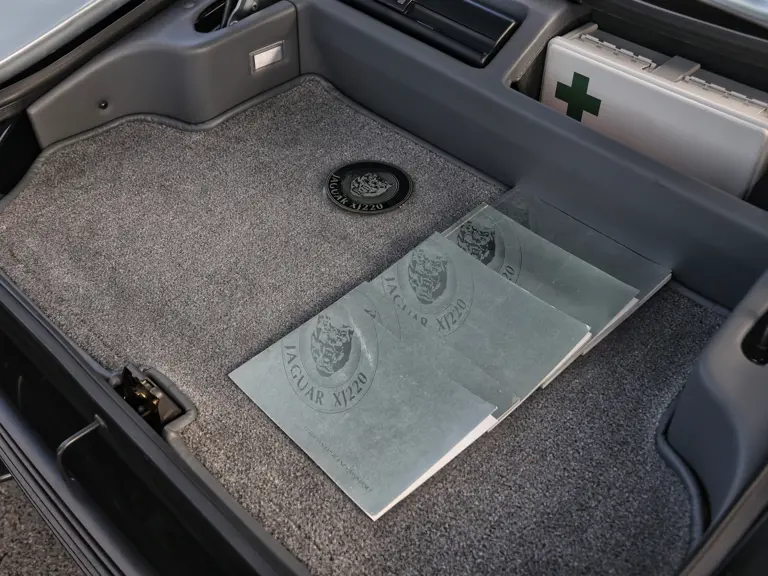
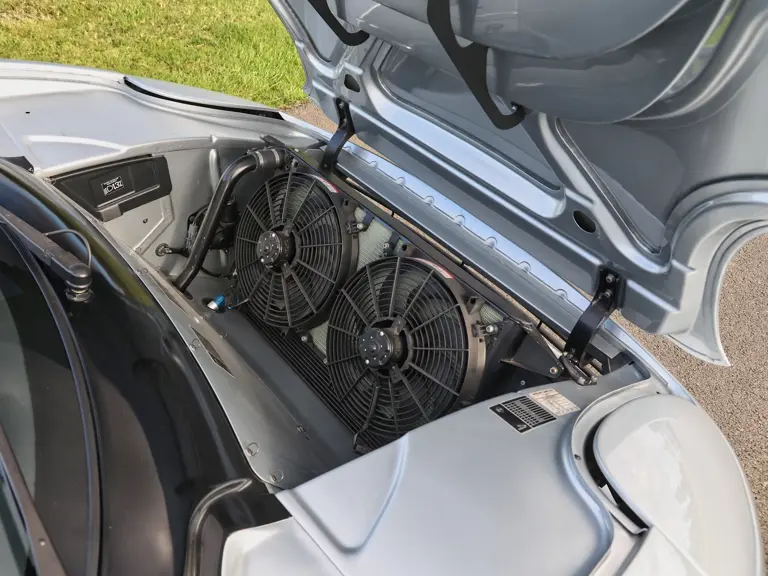
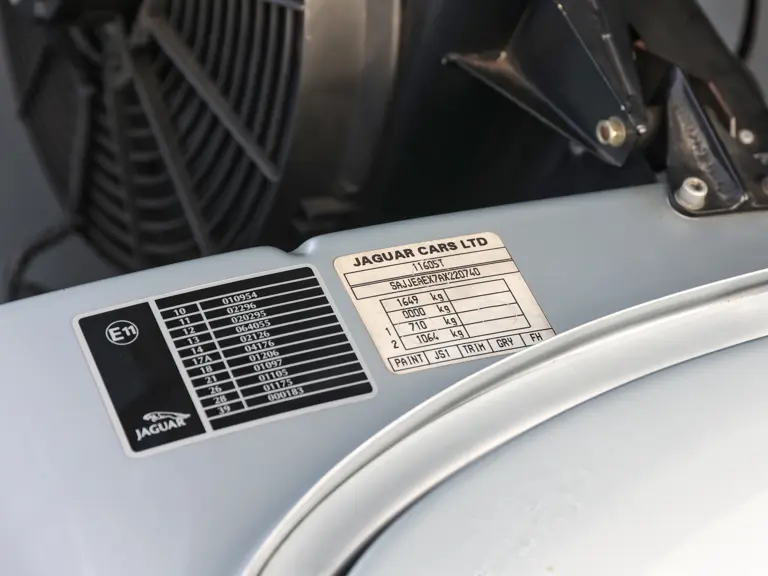


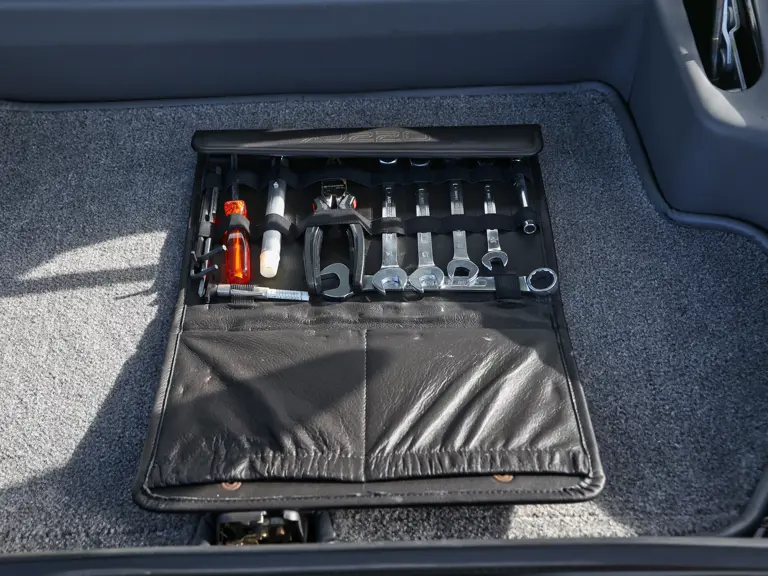


 | London, United Kingdom
| London, United Kingdom
